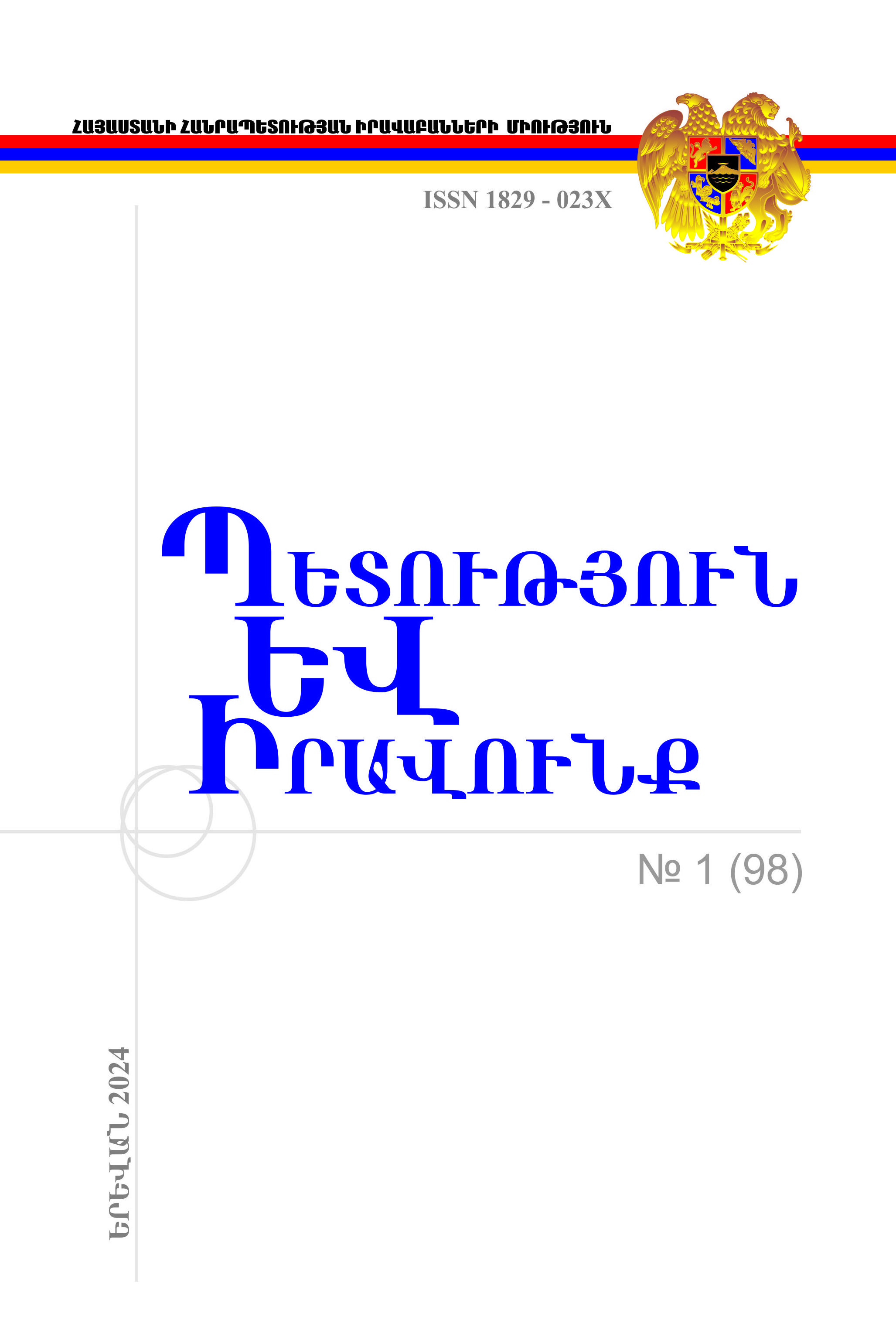SOME LEGAL ISSUES OF HUMAN GENE MODIFICATION
DOI:
https://doi.org/10.46991/SL/2024.98.005Keywords:
genetic engineering;, human genom editing;, germline genome editing;, genetic enhancement;, gene therapy;, somatic cell editing;, prevention;Abstract
Along with several positive results, the development of genetic engineering raises many legal and ethical questions among lawyers, scientists conducting research in the field of genetic engineering, and the general public, and the lack of a clear legal position on them indicates that modern law is not ready for the changes being implemented. Due to the complexity of the problem, there are currently no clear and universal legal approaches regarding the limits and possibilities of human gene interventions. The debate over human genetic modification centers on one certain question: whether the intentional modification of human genes is considered a morally and legally prohibited intervention in human life.
In this case, the boundaries of permissible and prohibited interventions are highly controversial, and it is not clear what principles we should use to determine when acceptable interventions are carried out and when these boundaries are crossed.
This work aims to analyze the types of genetic interventions aimed at changing human genes and their possible impact on human rights to outline the permissible limits of interventions within which the rights of current and future generations will be ensured.
Based on the study of international and domestic experience, we have presented the types of genetic interventions in the work, specified their consequences and singled out only those interventions that are acceptable for us. We have discussed the possible impact of interventions on human reproductive cells on the scope of rights and opportunities of the future generation and defined certain principles of balancing the rights and interests of parents and future children in this area.
Downloads
Published
Issue
Section
License
Copyright (c) 2024 State and Law

This work is licensed under a Creative Commons Attribution-NonCommercial 4.0 International License.

